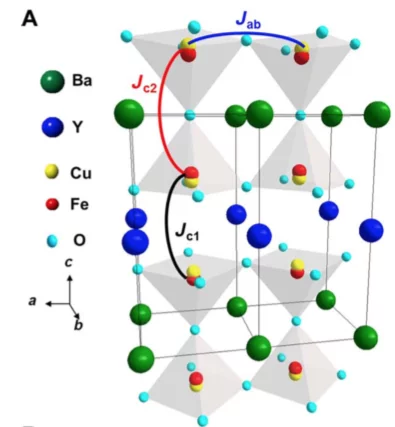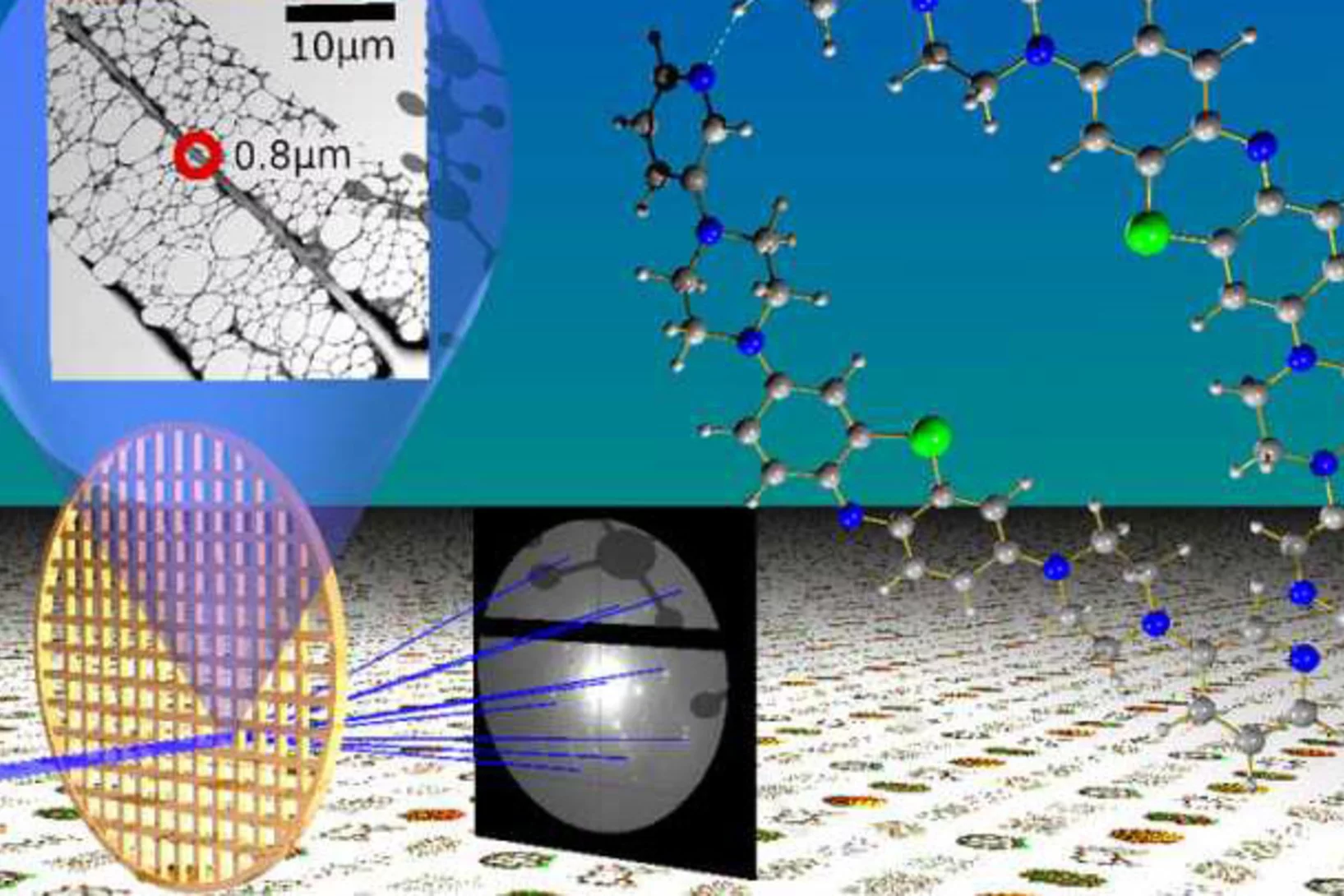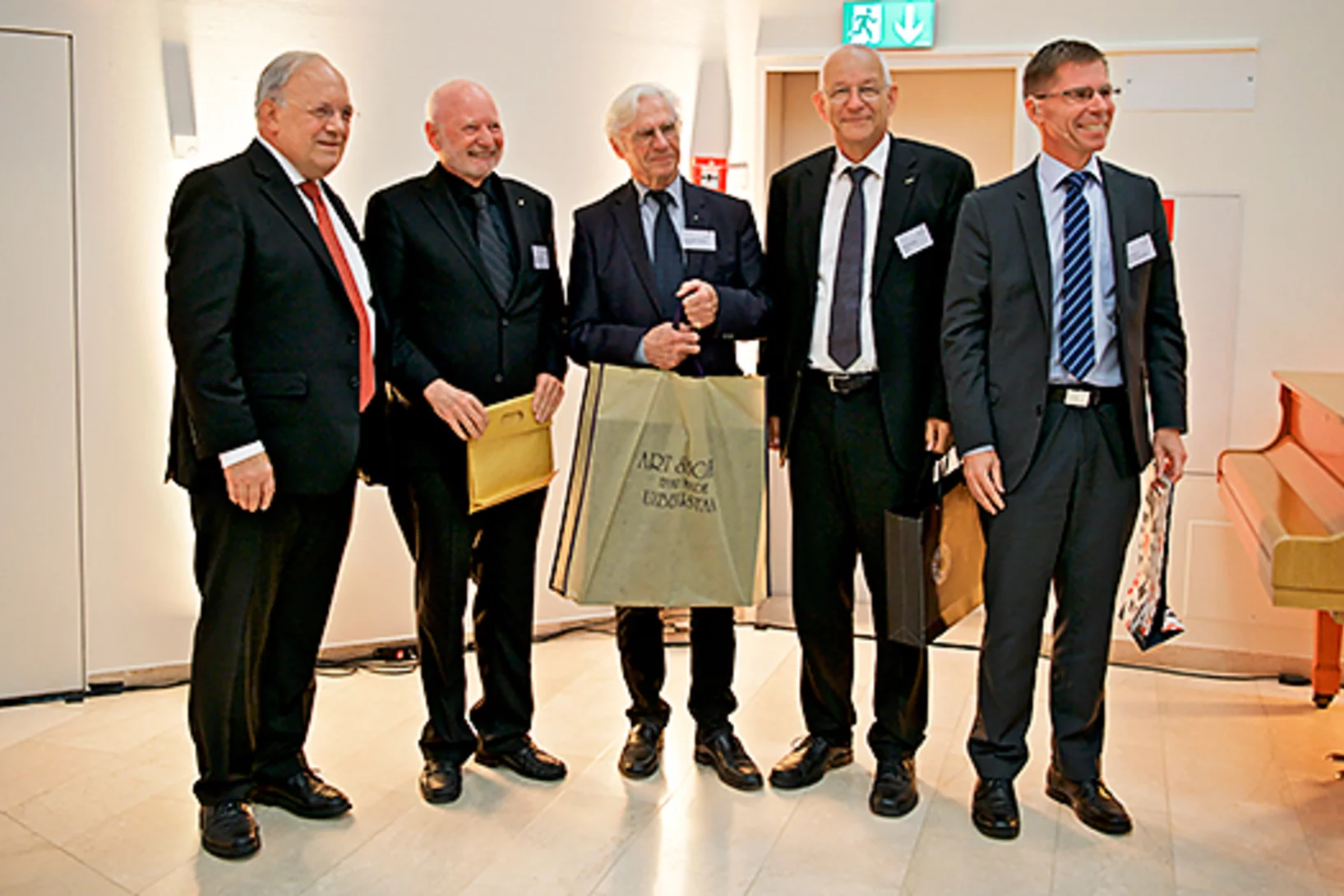At PSI, several projects are dedicated to important research questions concerning the Sars-CoV-2 coronavirus and the resulting diseases. We provide information on activities and projects, for example on investigations of lung tissue, on the production of proteins and antibodies or on ideas for new research on Covid-19.
Useful links
A crystal-clear picture
Fast and accurate data collection for macromolecular crystallography using the JUNGFRAU detector.
Nationaler Zukunftstag 2018
Am Zukunftstag 2018 durften wir 42 Mädchen und 68 Jungs der 5. bis 7. Klasse, im PSI begrüssen. Während einem halbtägigen Programm wurden 12 betreute Stationen von unseren motivierten Fachleuten angeboten. Danke an alle engagierten Helferinnen und Helfer!
Linking Structure to Dynamics in Protic Ionic Liquids: A Neutron Scattering Study of Correlated and Single-Particle Motions
Coupling between dynamical heterogeneity of ionic liquids and their structural periodicity on different length-scales can be directly probed by quasielastic neutron scattering with polarization analysis. The technique provides the tools to investigate single-particle and cooperative ion motions separately and, thus, dynamics of ion associations affecting the net charge transport can be experimentally explored.
Hector Dejea receives an Outstanding Poster Presentation Award at the bMASR Conference
Hector Dejea, a PhD at TOMCAT, received an Outstanding Poster Presentation Award at the 9th bioMedical Applications of Synchrotron Radiation (bMASR2018) conference held in Beijing (China) from October 23rd till 27th 2018. He presented the latest results of his work, entitled Multiscale X-ray Phase Contrast Imaging for Assessing Cardiac Remodelling: towards in-vitro applications.
Radical Thermometers and Energetics
Methylperoxy radicals are crucial oxidation intermediates and could be synthesized photolytically in an exothermic reaction. Despite their vanishingly small concentration, their temperature could be measured after a few ten thousand collisions inside the reactor, which opens up the possibility of time-resolved operando temperature measurements. Also the reaction energy to yield methyl cations and oxygen could be determined with sub-kJ mol–1 precision, which firmly anchors the methylperoxy energetics to that of well-known stable species and opens up the possibility of highly accurate radical thermochemistry measurements.
Taming Reactive Molecular Magnets
Studying organic molecular magnets is a challenge, because the high-spin diradical character of these compounds dramatically increases the reactivity and reduces the lifetime. Researchers from PSI, ETH Zurich, Wollongong and Melbourne, Australia succeeded in taming the meta-xylylene diradical and were able to study its electronic and thermochemical properties.
Congratulations to Dimitri Osmont
Dimitri successfully defended his PhD at the University of Bern, entitled "Reconstruction of forest fires through chemical analysis of black carbon in ice cores from high- alpine glaciers". This thesis formed part the collaborative project paleo fires with ETH Zürich and University of Bern funded by the Swiss National Science Foundation.
Charges enter the ice age
Scattering experiments establish the partly disordered material CsNiCrF6 as the first verified example of a charge ice — and show that it supports Coulomb phases with correlations in three different degrees of freedom.
Relationship between crystal structure and multiferroic orders in orthorhombic perovskite manganites
We use resonant and nonresonant x-ray diffraction measurements in combination with first-principles electronic structure calculations and Monte Carlo simulations to study the relationship between crystal structure and multiferroic orders in the orthorhombic perovskite manganites, o−RMnO3 (R is a rare-earth cation or Y).
Design of magnetic spirals in layered perovskites: Extending the stability range far beyond room temperature
In insulating materials with ordered magnetic spiral phases, ferroelectricity can emerge owing to the breaking of in- version symmetry. This property is of both fundamental and practical interest, particularly with a view to exploiting it in low-power electronic devices. Advances toward technological applications have been hindered, however, by the rel- atively low ordering temperatures Tspiral of most magnetic spiral phases, which rarely exceed 100 K.
Making the impossible possible
Use of multiferroic materials promises more energy-efficient computers because in these, an electric field would suffice to achieve magnetic data storage. Researchers at PSI have now made such a material suitable for computer operating temperatures.
Dynamic volume magnetic domain wall imaging in grain oriented electrical steel at power frequencies with accumulative high-frame rate neutron dark-field imaging
The mobility of magnetic domains forms the link between the basic physical properties of a magnetic material and its global characteristics such as permeability and saturation field. Most commonly, surface domain structure are studied using magneto-optical Kerr microscopy. The limited information depth of approx. 20 nanometers, however, allows only for an indirect interpretation of the internal volume domain structures.
Rolling dopant and strain in Y-doped BiFeO3 epitaxial thin films for photoelectrochemical water splitting
We report significant photoelectrochemical activity of Y-doped BiFeO3 (Y-BFO) epitaxial thin films deposited on Nb:SrTiO3 substrates. The Y-BFO photoanodes exhibit a strong dependence of the photocurrent values on the thickness of the films, and implicitly on the induced epitaxial strain.
Dynamics of the Coordination Complexes in a Solid-State Mg Electrolyte
Coordination complexes of magnesium borohydride show promising properties as solid electrolytes for magnesium ion batteries and warrant a thorough microscopic description of factors governing their mobility properties. Here, the dynamics of Mg(BH4)2-diglyme0.5 on the atomic level are investigated by means of quasielastic neutron scattering supported by density functional theory calculations and IR and NMR spectroscopy.
Breakthrough - electron crystallography for everyone
Recent advances in electron crystallography published in Angewandte Chemie and highlighted by Science, Chemical & Engineering News and ScienceNews!Under the lead of LSK member, "Rapid structure determination of microcrystalline molecular compounds using electron diffraction", published in Angewandte Chemie International Edition https://onlinelibrary.wiley.com/doi/abs/10.1002/anie.201811318 has attracted great attention in the chemistry community.
Multiple Coulomb phase in the fluoride pyrochlore CsNiCrF6
The Coulomb phase is an idealized state of matter whose properties are determined by factors beyond conventional consid- erations of symmetry, including global topology, conservation laws and emergent order. Theoretically, Coulomb phases occur in ice-type systems such as water ice and spin ice; in dimer models; and in certain spin liquids. However, apart from ice-type systems, more general experimental examples are very scarce.
Cuprate Trilogy
In a trio of recent papers, a research group from the University of Zürich has made a number of new discoveries about the nature of cuprates' electronic structure and orbital composition. The results have important implications for superconductivity and pseudogaps in cuprates, and even the existence of type-II Dirac fermions in oxides.
Tagesschau: Neue Beweise zu Gletscher-Schmelze
The evening news on Swiss national television, SRF Tagesschau on Saturday evening 19h30, featured LUC's research on regional climate change with a story on the cause of glacier melting at the end of the Little Ice Age in Switzerland.
SwissFEL's First Call for Proposals
The first SwissFEL call for proposals took place, deadline for submission was the 15th of September. In this first call for proposals SwissFEL received overwhelming interest from the user community. A total of 47 proposals were submitted for the SwissFEL Alvra experimental station and 26 for the Bernina experimental station. The Proposal Review committee PRC took place on 18-19 October 2018.
Why the Little Ice Age ended in the middle of the 19th century
In the first half of the 19th century, a series of large volcanic eruptions in the tropics led to a temporary global cooling of Earth's climate. That Alpine glaciers grew and subsequently receded again during the final phase of the so-called Little Ice Age was due to a natural process. This has now been proven by PSI researchers on the basis of ice cores.
Successful PhD Defense
Jacinta Edebeli successfully defended her PhD with the title "Multiphase Chemical Reactivity in Cold Regions" at the ETHZ. Congratulations! The thesis was part of the MiSo project in co-operation with LUC's Analytical Chemistry research group and the WSL-SLF Davos. The project was jointly funded by Swiss National Science Foundation.
Discrete Hall contribution of magnetic skyrmions
The reliable electrical detection of magnetic skyrmions is of fundamental importance for the application of such topological magnetic quasi-particles for data storage devices. Researchers in a joint collaboration between the University of Leeds and the PolLux endstation have investigated the electrical detection of isolated magnetic skyrmions in applications-relevant nanostructured devices, observing the presence of a strong skyrmion-dependent contribution to the Hall resistivity.
Observation of the out-of-plane magnetization in a mesoscopic ferromagnetic structure superjacent to a superconductor
The geometry of magnetic flux penetration in a high temperature superconductor at a buried interface was imaged using element-specific x-ray excited luminescence. We performed low tem- perature observation of the flux penetration in YBa2Cu3O7–δ (YBCO) at a buried interface by imaging of the perpendicular magnetization component in square Permalloy (Py) mesostructures patterned superjacent to a YBCO film.
30 years Paul Scherrer Institute PSI
Ceremony with invited guests from politics, business and sciencePSI held its 30 Years of PSI ceremony. The PSI showed guests what it has achieved over the past three decades, with results that could be of benefit to everyone in Switzerland.
Licence agreement with Swiss pharma firm for development of a cancer drug
A radioactive agent, developed at the Paul Scherrer Institute PSI to fight an especially malignant form of thyroid cancer, has the potential to become a blockbuster drug. Due to its structure, it might also be able to dock onto cells of other tumours and destroy them with its radiation. The Lausanne-based biopharmaceutical company Debiopharm wants to further develop the PSI agent to the point where it is approved as a drug. Debiopharm and PSI have now created the contractual basis for this.
This time, it's all bio: SwissFEL makes protein structures visible
For the development of new medicinal agents, accurate knowledge of proteins is crucial. In a pilot experiment, researchers have now, for the first time, used the X-ray free-electron laser SwissFEL of PSI for the examination of protein crystals.
Demonstration of femtosecond X-ray pump X-ray probe diffraction on protein crystals
Our experiments, published in the September issue of Structural Dynamics, demonstrate the feasibility of time-resolved pump-multiprobe X-ray diffraction experiments on protein crystals using a split-and-delay setup which was temporarily installed at the LCLS X-ray Free Electron Laser.
Welcome Martina Barandun
We warmly welcome Martina Barandun as Postdoc in the Laboratory of Environmental Chemistry. She joined the Analytical Chemistry group on 1 October 2018.
Martina Barandun studied Geography at the University of Fribourg, where she also obtained her PhD in the Department of Geosciences. For the latter she worked on transient snowline observations to remotely derive seasonal to sub-seasonal glacier mass balance in the Tien Shan and Pamir mountains of Central Asia. At PSI, Martina Barandun will quantify the concentration of different light absorbing impurities such as black carbon or mineral dust particles in surface snow and ice from various glaciers in Central Chile, to estimate their impact on albedo reduction and accelerated melt. This is a joint project with the Centro de Estudios Cientificos in Valdivia, Chile.
Cristina Müller (CRS) receives the Marie Curie Award
The Marie Curie Award, the most prestigious price by the European Association of Nuclear Medicine, has been awarded in 2018 for the project "Terbium-161 for PSMA-Targeted Radionuclide Therapy of Prostate Cancer", lead by Christina Müller in collaboration with Nick van der Meulen (LRC/NES) EANM-Website(link is external).
Congratulations to Pablo Corral Arroyo
Pablo successfully defended his PhD at the University of Bern, entitled "Impact of indirect photochemistry of Brown Carbon and iron carboxylate complexes on gas and aerosol chemistry". This thesis formed part of collaborative project with ETH Zürich on the feedbacks between microphysics and photochemistry in organic aerosols funded by the Swiss National Science Foundation.








![Neutron scattering pattern of the material CsNiCrF6 showing magnetic correlations. Left: experiment; right: theory.(Image reproduced from [1].)](/sites/default/files/styles/teaser_grid_3_2_scale_xl/public/import/num/News20181028ChargeIceEN/Fig4.png.webp?itok=CTt-QW9c)




















